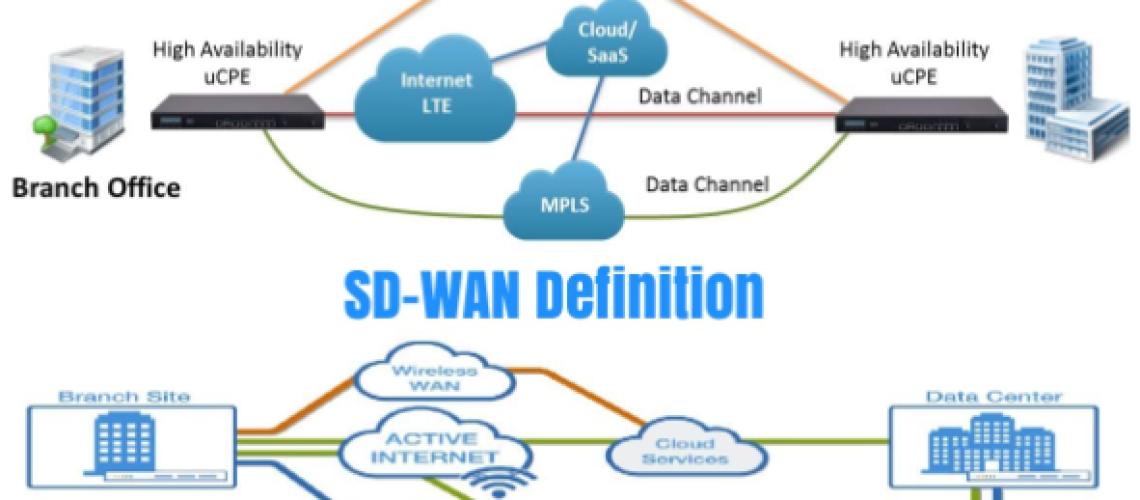Software-defined networking has existed for many years. And although there has been some adoption in the large enterprise space, it has failed to achieve a foothold in the majority of organizations.
This may be changing.
Software-defined networking for wide-area networking may be the application that brings it to the masses. The reason for this trend is simple – traditional carriers, cabling firms, and wireless companies are flooding the market with low-cost, high-performance Internet bandwidth. Combined with the addition of SDN software being included in firewalls, routers, and other gateway technology, this approach sets the stage for a migration to a new WAN topology. However, this new method may not replace all of the MPLS and other private carrier solutions in existence today. But, for many businesses, SD-WAN may prove to be too financially attractive to ignore.
It should be noted that SD-WAN will be delivered in many form factors. Deciding how to proceed will take an assessment of your needs and capabilities. But the bottom line is simply this – SD-WAN may save you money while improving the performance of your WAN. Contact us, and our engineers can help you review options.
General Definition:
Software-Defined Networking – This technology/architecture decouples the network control and forwarding functions. This creates a single console for programming. The underlying infrastructure is independent and guided by usage policies. This allows for a centralized management of the network.
Photo by COMPUTER TECH REVIEWS: What is SD-WAN? Why and How it is Used? – Explained – [2020] (computertechreviews.com)





